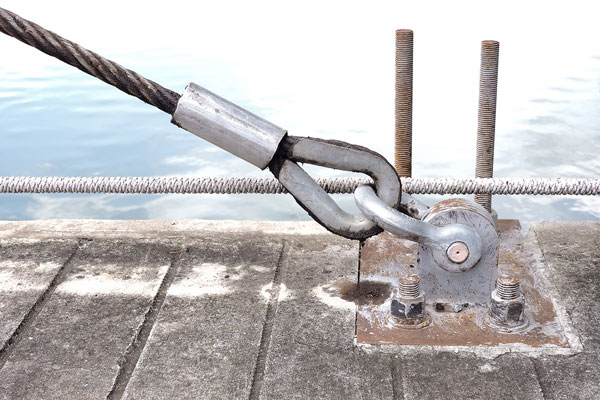Every wire rope has its own ‘”personality”.
Seven primary physical characteristics affect this personality – to make each rope construction different in some way from all other constructions. Each of these basic features should be considered whenever a rope is being selected for a specific application. Wire rope engineers carefully evaluate each of these factors when they design a new rope to meet a specific set of working conditions. Thus, a completed rope is a COMPROMISE which provides the BEST COMBINATION of the REQUIRED characteristics. This is why NO rope should ever be called an “all-purpose” rope.
Some rope designs have wider application than others, but no rope can do everything.
The best illustration of the design compromise mentioned above is the inter-relationship between resistance to metal loss and fatigue resistance. Fatigue resistance – which is the measure of the capability of bending repeatedly under stress – is accomplished by using many flexible wires in the rope strands. Resistance to metal loss through abrasion is achieved primarily with a rope design which uses fewer, larger wires so that the outer layer of wire can better withstand scrapes.
So when anything is done from an engineering standpoint to alter either abrasion resistance (resistance to metal loss) or fatigue resistance, both of these characteristics are affected – and possibly rope strength also.

Our Sales Specialists can assist with anything from design to final product. For more information, please email us at CustomCable@CableInd.com.

